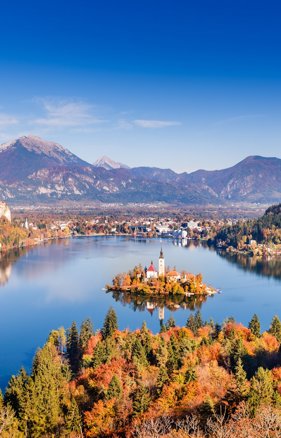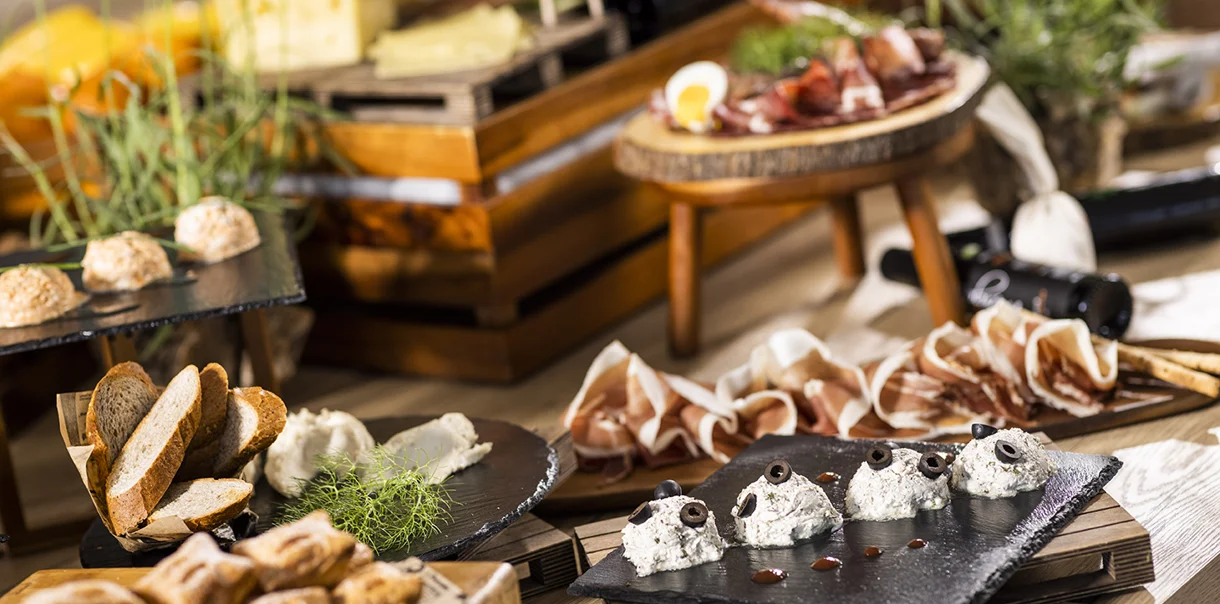Istrian cuisine is composed of plenty of vegetables native to Istria, its great taste the result of an abundance of sun and the nearby sea, often with peculiar local names, including among others kale, radicchio, fennel, zucchini, chard, aubergines, peas and cabbage. As a rule, the vegetables are prepared with olive oil and plenty of garlic.
Vegetable minestrones are common regardless of the season. Particularly typical are the bobiči (corn), fennel, barley etc. minestrones. Minestrones are usually garnished with pesto. Home-made pasta is usually served in soups and as a side: noodles, lasagne, macaroni, bleki and the characteristic fusi. Fusi are commonly served as a starter or a side together with different sauces. Polenta and gnocchi, though not native to the region, have become a staple in Istria.
In the past, there was a divide between the seaside and inland Istrian cuisine, which is perfectly understandable. The former was based particularly on fish, shellfish and sea food, and the latter on pasta and vegetables. The separation has been long gone, resulting in a uniform Istrian cuisine. A nice example of the fusion of both the inland and seaside Istrian cuisine is represented in cuttlefish with chard and polenta.
Istrian cuisine is markedly unique, despite having development under the strong influence of Italian cooking. To taste Istrian cuisine is to experience its most precious characteristic: that is the modest and enduring sensation of natural delicacies. Istrian cuisine, though with enormous potential, is still largely unexploited.












